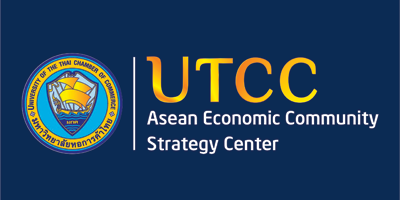Asean and the new cold war
Tomorrow will mark the 50th anniversary of the Association of Southeast Asian Nations (Asean). There will be celebrations to mark the golden jubilee, with plenty of dignitaries on hand as the event coincides with ministerial meetings that started last Wednesday and conclude tomorrow.
Manila is the host of the high-level talks including the Asean Regional Forum, which US Secretary of State Rex Tillerson will attend. The Forum will bring together 27 foreign ministers from Asean and 17 dialogue partners, including the US, Japan, China, Australia, Russia, South Korea and — this might surprise you — North Korea.
It has become a tradition for Asean ministers to issue joint communiques that reflect their collective stance. Mushy and most of the time devoid of detail or decisiveness, these statements nonetheless help tell us how Asean as a bloc thinks and can be expected to react.
The visit of the US secretary of state adds an element of drama to this year’s proceedings. Mr Tillerson is trying to persuade Southeast Asian countries to do more in reducing trade activities and diplomatic ties with North Korea. Some countries, such as the Philippines and Malaysia, are major trade partners with Pyongyang. Also on the agenda is the contentious South China Sea. Apart from courting Asean ministers, Mr Tillerson will pay visits to old allies — Singapore, the Philippines and Thailand.
It remains to be seen what Asean’s stance will be and how it will be expressed. However, as the meetings got under way it appeared that ministers were likely to go easy on their criticism of China’s aggressive actions in the South China Sea. Instead they want to highlight progress in efforts to negotiate a Code of Conduct to prevent dangerous confrontations in the disputed waters.
Regardless of the outcome, one thing is clear: Asean is a player in the new geopolitical game being contested by the US and China, in the absence of any other superpowers.
In this new cold war, it appears that Asean will once again find itself being asked or even made to make choices and take sides. Such pressures are nothing new. Asean originated in August 1967 when the cold war was at a peak and the Vietnam War — a proxy conflict between democracy and communism — was escalating. Some Asean countries took sides, notably Thailand by offering itself as a base for the US to bomb neighbours.
However, Asean deserves credit for evolving since those difficult days into a platform for small countries to break away from the intervention of superpowers and a forum where all 10 members can stand as equal partners.
But the new cold war that Asean faces is more complex and subtle. Trade and investment will be the ammunition for major powers to win friends, isolate foes or even twist arms.
In this war, China seems to have an upper hand. Beijing’s sway over Laos and Cambodia is undisputed, and it also made huge economic inroads in Myanmar while the junta was in charge, though the relationship has cooled — but only slightly — under the new administration.
Malaysia is becoming a major trade partner of China and part of Beijing’s Belt and Road initiative. The Philippines under maverick President Rodrigo Duterte is smooching with China for the sake of trade, investment and tourism. Interestingly, Singapore — a major ally of the US — seems to be under the radar these days. Thailand, another old US ally, is not included in the Belt and Road initiative but ties with China are strong nonetheless.
The question is, how will Asean survive and behave in a more divided world? By taking sides just to seek investment? Surin Pitsuwan, a former Asean secretary-general, speaking at a forum on Asean last month, observed that the challenge for Asean in the future would be how to become a regional bloc that can provide solutions for members to mobilise and manage their resources for genuinely equal and inclusive growth.
I agree with Mr Surin that it is about time for an Asean infrastructure fund — for Asean and by Asean — that could be overseen by an independent funding agency with experience and safeguard measures, such as the Asian Development Bank (ADB). That way, Asean countries might not be forced to rely on infrastructure from outsiders, and could more seriously pursue their mission to create real inclusive and equal growth. Asean at midlife is strong and relatively wealthier. Now it is time to mature gracefully.
Source: http://www.bangkokpost.com/business/news/1301415/asean-and-the-new-cold-war


 English
English




